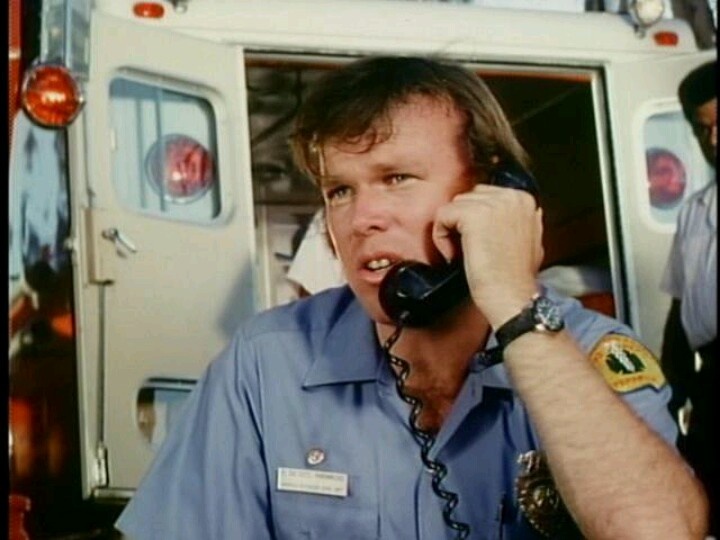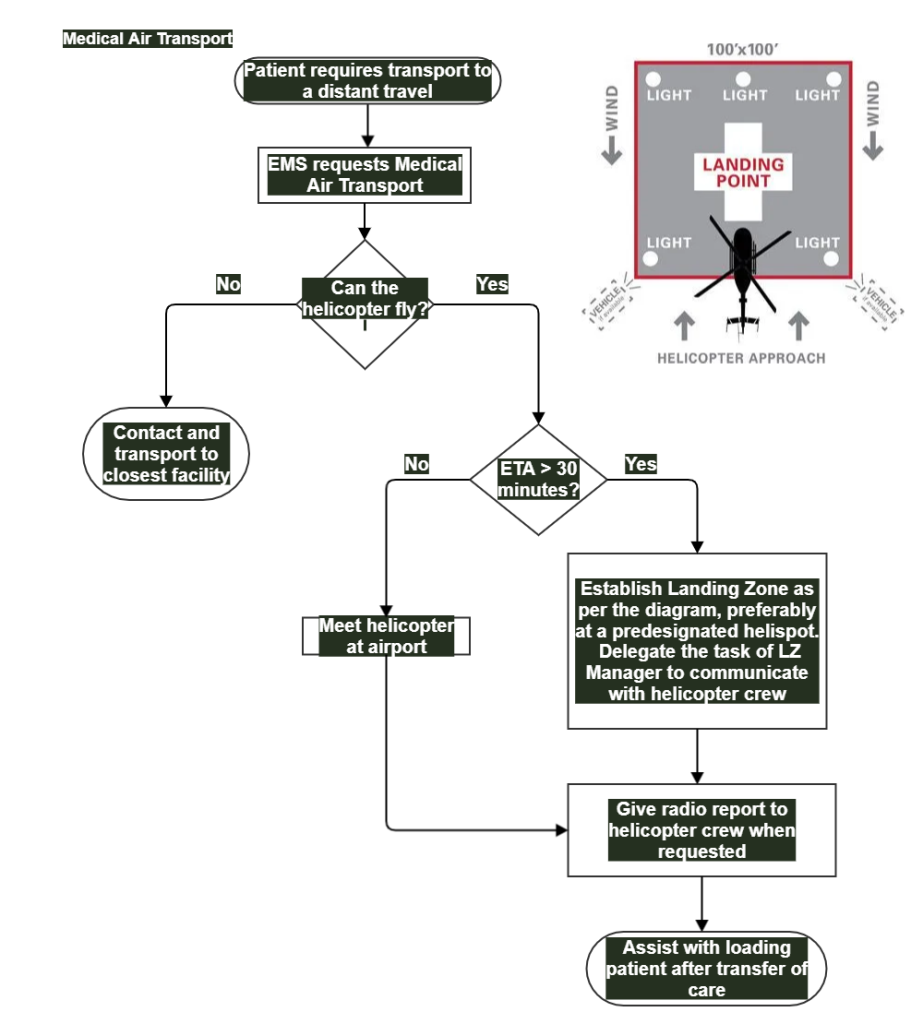Medication Philosophy of Use For EMT’s
Published .
Assisting vs Administration Medications To A Patient

Adherence to therapies is a primary determinant of treatment success. Failure to adherence is a serious problem which not only affects the patient but also the health care system. Medication non adherence in patients leads to substantial worsening of disease, death and increased health care costs. A variety of factors are likely to affect adherence. Barriers to adherence could be addressed as patient, provider and health system factors, with interactions among them. Identifying specific barriers for each patient and adopting suitable techniques to overcome them will be necessary to improve medication adherence. Health care professionals such as physicians, pharmacists and nurses have significant role in their daily practice to improve patient medication adherence.
All EMS personnel can, to some degree administer medications. For the EMT, the medications are limited to Narcan, EpiPen, Albuterol, Oral Glucose, and Activated Charcoal. AEMT’s and Paramedics can give more medications. The medications that are carried on the ambulance are typically effective, easy to administer, and easy to understand. It is important that EMS personnel of all levels understand the responsibility of administering medications in the prehospital environment. The medication must be indicated for the situation, not contraindicated for some reason, and administered properly. The rule of thumb is observe the patients 5 rights:
- Right patient (easy to do since there is usually only one patient in the ambulance)
- Right drug
- Right route
- Right dose
- Right time
Sometimes patient just need help knowing which medications they should take or help administering them. EMT’s can help patient’s take their medications just like doctors, nurses, and pharmacists do everyday at the hospital.
Some ambulances carry medications to administer to patients with various conditions. These medications are carried in a drug box and kept in a locked cabinet. The drug box must be inventoried everyday, and when a drug is used, the ambulance usually goes to the pharmacy to get a refill. Medications carried on ambulances are largely the same, but do differ to some degree between ambulance services.
Online Medical Control

If medics intend to use the medications in their dug box, they must have orders to do so. An order is given by a physician and typically given over the radio or cell phone following the request of the medics on scene. After confirming the order using the echo technique (repeat the order back to doctor over the radio). The medics will include these details when they document the incident on a patient care report and obtain the doctor’s signature on the report.
Offline Medical Control

EMS often finds themselves in situation that are very similar. For these occasions, the Medical Director (physician) may write a protocol or standing order. A protocol or standing order is a medical order that stipulates the interventions the medics are to take in these situations. The medics aren’t just acting on their own accord, they are following a doctor’s order to the letter. When the call is over, the medics usually obtain a doctor’s signature on their documentation.
